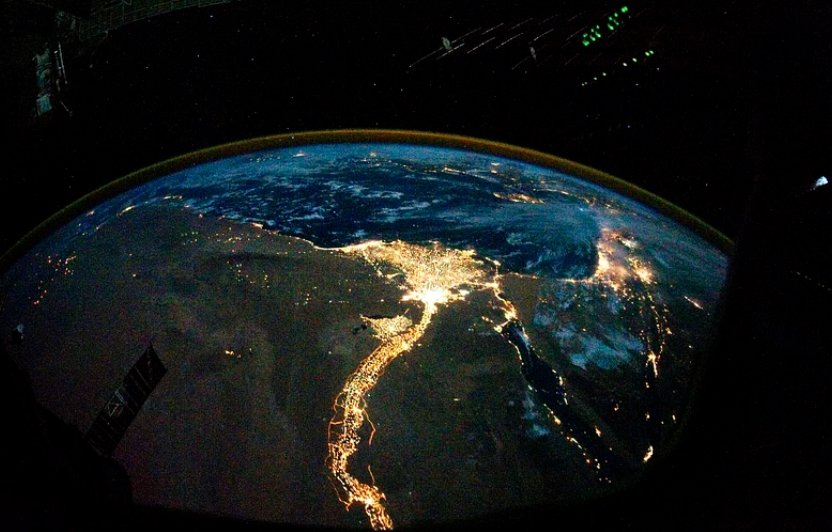If you are a stargazer, you might want to look up at the night sky tonight, November 13, 2023, as you may be able to catch a glimpse of Uranus, the seventh planet from the Sun. Uranus is one of the most distant and mysterious planets in the solar system, and it is rarely visible to the naked eye. However, tonight it will be at its brightest, as it reaches opposition, meaning it is directly opposite the Sun from Earth’s perspective.
What is Uranus and why is it special?
Uranus is an ice giant planet, meaning it has a thick atmosphere of hydrogen and helium, but also a large amount of water, ammonia, and methane ice. It is the coldest planet in the solar system, with an average temperature of -224°C. It is also the only planet that rotates on its side, with an axial tilt of 98 degrees. This means that its seasons are extreme, with each pole facing the Sun for 21 years, followed by 21 years of darkness.
Uranus has a ring system, composed of 13 thin and dark rings of dust and ice. The rings were discovered in 1977 by an infrared telescope aboard a military cargo aircraft. Since then, more details of Uranus and its rings have been revealed by various observatories, including the NASA-led JWST space observatory, which captured a stunning image of the planet and its rings earlier this year. The image shows a white polar cap at the right side of the planet, and two bright spots likely connected to storm activity.
Uranus also has 27 known moons, named after characters from Shakespeare and Alexander Pope. The largest and most interesting ones are Titania, Oberon, Umbriel, Ariel, and Miranda. Miranda is especially intriguing, as it has a fractured and patchwork surface, suggesting a violent past.

How to see Uranus in the night sky tonight?
Uranus is not easy to spot, as it is very faint and far away. It is about 19 times farther from the Sun than Earth, and about four times larger than Earth. However, tonight it will be at its closest point to Earth, about 2.6 billion kilometers away, and it will reflect more sunlight than usual. This makes it possible to see it with binoculars or a small telescope, if you know where to look.
To find Uranus, you will need a clear and dark sky, away from city lights and pollution. You will also need a star chart or an app that can help you locate the planet. Uranus will be in the constellation of Aries, the Ram, which is in the eastern sky after sunset. You can use the bright planet Jupiter as a guide, as it will be about halfway between Uranus and the Pleiades star cluster (M45), which is a group of young and hot stars that form a fuzzy patch in the sky. Uranus will appear as a blue-green dot, slightly larger than a star. You may need to adjust your focus and magnification to see it clearly.
If you miss Uranus tonight, don’t worry, as it will remain visible for the next few months, until it moves behind the Sun in March 2024. However, it will gradually fade and become harder to see, so tonight is the best opportunity to admire this ice giant planet.
Why is Uranus important for planetary science?
Uranus is one of the least explored planets in the solar system, as only one spacecraft has ever visited it: NASA’s Voyager 2, which flew by the planet in 1986. Since then, no other mission has been sent to Uranus, leaving many questions unanswered about its origin, structure, evolution, weather, magnetism, and moons.
However, this may change soon, as planetary scientists have recommended in a report released last year that Uranus be the focus of the next big planetary science spacecraft mission. Such a mission would aim to orbit the planet and study it in detail, as well as fly by some of its moons and rings. The mission would also compare Uranus with Neptune, the other ice giant planet, and gain insight into how these planets formed and how they differ from the gas giants Jupiter and Saturn.
A mission to Uranus would not only advance our scientific knowledge, but also inspire our imagination and curiosity about the wonders of the solar system. Uranus is a unique and fascinating world, and tonight we have a chance to see it with our own eyes.


















